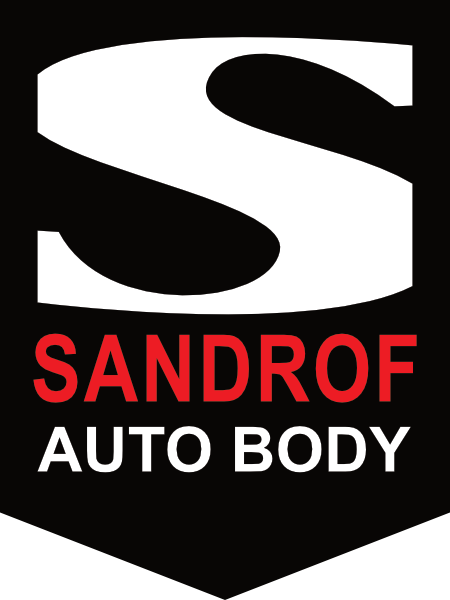When it comes to vehicle repairs, especially after an accident, the choice of parts can significantly impact the quality, cost, and durability of the repair.
Among these options, aftermarket parts are one of the most popular alternatives to original equipment manufacturer (OEM) parts. But what exactly are aftermarket parts, and what should you consider when choosing them for your vehicle?

Understanding aftermarket parts
Aftermarket parts are parts made by companies other than the original vehicle manufacturer. Unlike OEM parts, which are made by the vehicle’s original manufacturer to its exact specifications, aftermarket parts are produced by third-party companies. These parts are designed to function similarly to OEM parts and are typically compatible with a wide range of vehicle makes and models.
Aftermarket parts are commonly available for almost every component of a vehicle, from body panels and lights to brakes and filters. Because they’re mass-produced by many companies, they offer a variety of choices in terms of price, quality, and performance, making them an attractive option for budget-conscious consumers and repair shops alike.
Benefits of Aftermarket Parts
One of the main reasons people choose aftermarket parts is affordability. Aftermarket parts are generally less expensive than OEM parts, making them a cost-effective option, especially for older vehicles or minor repairs. The wide range of options available also means you can find parts that may improve upon the original design or offer enhanced performance. For example, some aftermarket brake pads may provide better stopping power than the OEM version.
Another advantage is availability. Aftermarket parts are typically more readily available than OEM parts, which can sometimes be backordered or more challenging to find. This can speed up the repair process, getting you back on the road faster.
The saying “You get what you pay for” rings true here. Some aftermarket parts are inferior because they use lower-quality materials. Even if they don’t affect the safety or operation of your car, they may simply wear faster and force a trip back to the garage sooner than expected.
Potential Drawbacks of Aftermarket Parts
While aftermarket parts offer several advantages, there are also some potential downsides to consider. Quality and fit can vary significantly between manufacturers. Unlike OEM parts, which are made specifically for a given vehicle model, aftermarket parts are often designed to fit multiple vehicles. This can sometimes lead to issues with fit or functionality, which may require further adjustments during installation.
Another potential downside is that aftermarket parts may not carry the same warranties as OEM parts. Some vehicle manufacturers may also void certain warranties if aftermarket parts are used. Therefore, if your vehicle is still under warranty, you may want to check with your insurance or dealership before opting for aftermarket parts.

Aftermarket vs. OEM: Which Is Better?
The choice between aftermarket and OEM parts often comes down to personal preference, budget, and the specifics of the repair. OEM parts are generally recommended for newer vehicles, as they help maintain the car’s original performance and fit. However, aftermarket parts can be a smart choice for older vehicles, as they often provide similar functionality at a lower cost.
How it works
Our repair process is designed to provide a seamless experience from start to finish.
Ready?
Our Team of certified repair experts is ready to restore your vehicle back to your original vehicle condition.

